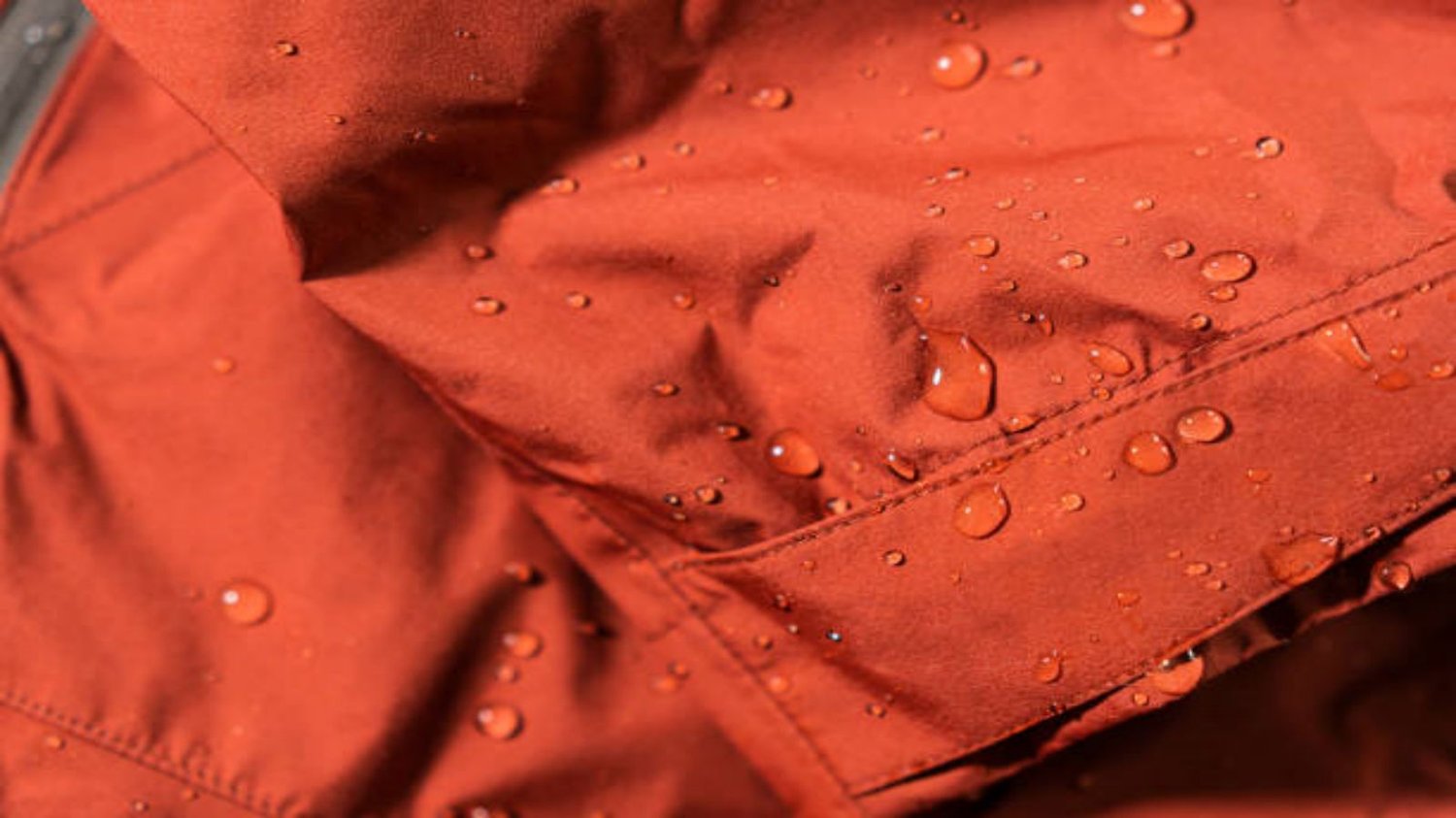Waterproof fabric material is a crucial component of outdoor gear, protecting us from the elements and ensuring our comfort in various weather conditions. However, the effectiveness of waterproof fabric relies heavily on the quality of its seam sealing. Seam sealing plays a vital role in preventing water from seeping through the stitched areas of the fabric. In this article, we will delve into the importance of seam sealing and its impact on the overall performance of waterproof fabric.
Seam Sealing in Waterproof Fabric: Introduction
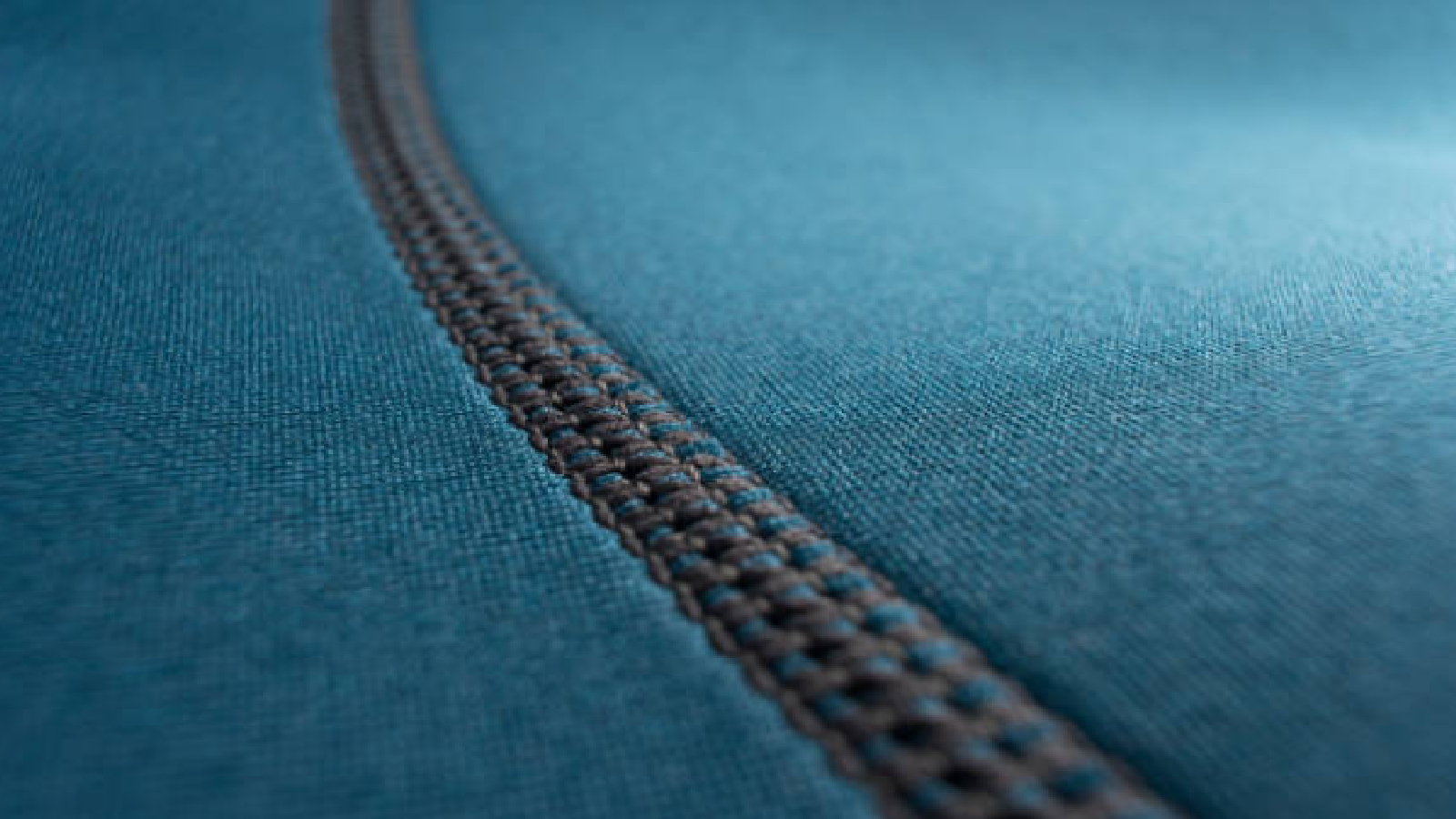
When it comes to outdoor gear and protective clothing, the effectiveness of waterproof fabric is crucial. However, the fabric alone is not enough to keep water out; the seams where pieces of fabric are stitched together can be vulnerable points for leaks. This is where seam sealing comes into play.
What is Seam Sealing?
Seam sealing is a process used to cover the stitched seams in waterproof fabrics, ensuring that water cannot penetrate through the tiny holes created by needles. This technique involves applying a tape or liquid sealant over the seams, creating a barrier that prevents water from leaking through.
Bonus: View More Finishing Fabrics
Applications of Seam Sealed Waterproof Fabrics
- Outdoor Clothing: Jackets, pants, and gloves designed for hiking, skiing, and other outdoor activities.
- Tents and Shelters: Ensures that camping gear remains dry during heavy rains.
- Marine Equipment: Used in boating gear and marine upholstery to prevent water ingress.
- Protective Covers: Applied in car covers, bike covers, and other protective gear that require waterproofing.
Importance of Seam Sealing in Waterproof Fabric
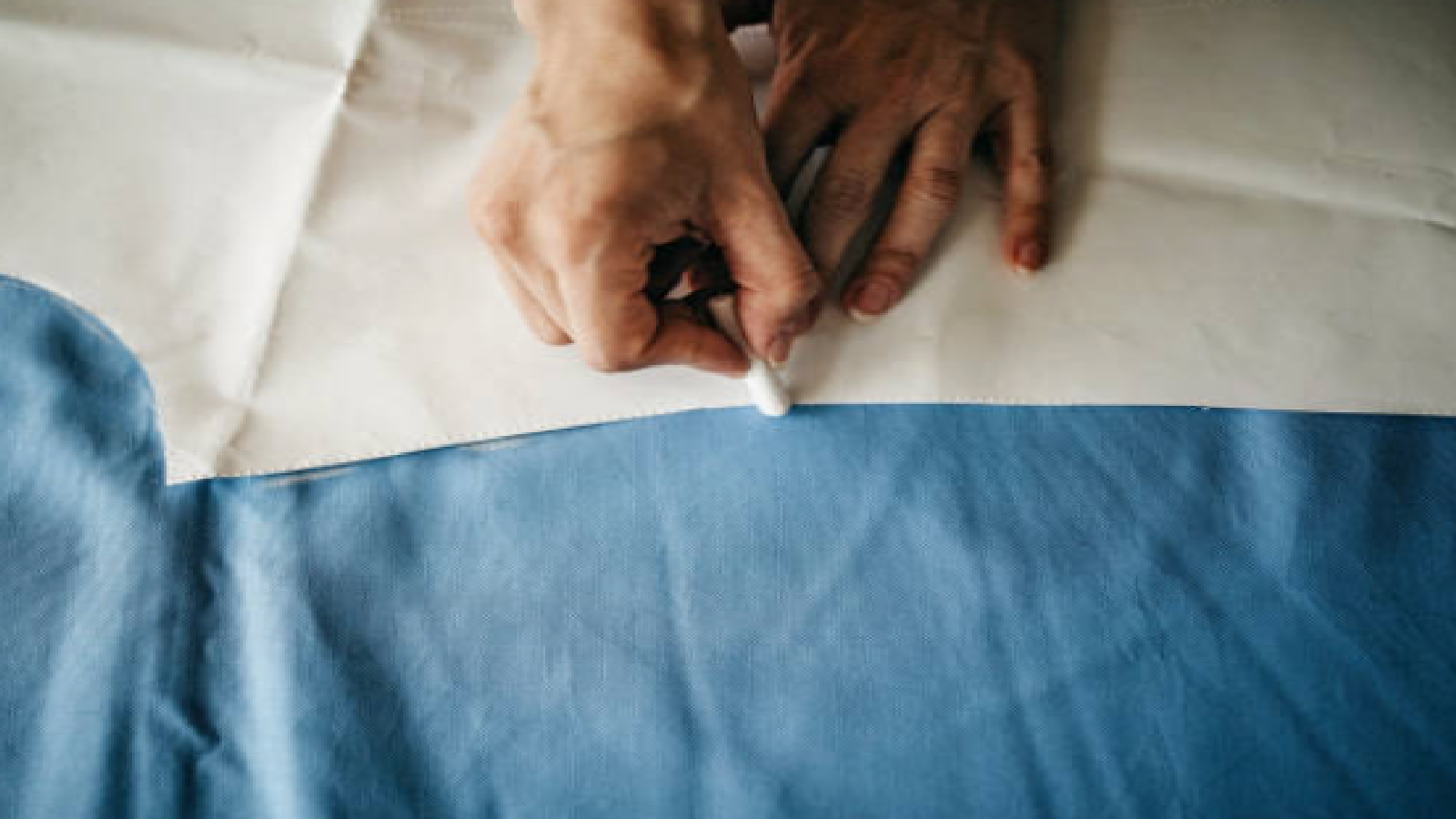
1. Enhancing Water Resistance
Seam sealing is the process of applying a waterproof barrier over the stitched seams of fabric. Without seam sealing, these seams create potential entry points for water to penetrate, compromising the fabric's water resistance. By sealing the seams, the fabric becomes impervious to water, ensuring that the wearer stays dry and comfortable even in the harshest weather conditions.
2. Preventing Leaks
One of the primary purposes of seam sealing is to prevent leaks. When water seeps through the seams, it can make the fabric wet, leading to discomfort and reducing its insulating properties. By sealing the seams, any potential leakage points are eliminated, allowing the wearer to remain dry and warm.
3. Increasing Durability
Seam sealing not only enhances the fabric's water resistance but also increases its overall durability. When seams are left unsealed, they are more prone to wear and tear, which can lead to seam failure and reduced longevity of the product. By sealing the seams, the fabric becomes more resistant to abrasion, ensuring that it can withstand the rigors of outdoor activities.
4. Improving Breathability
Contrary to popular belief, seam sealing does not necessarily compromise the breathability of waterproof fabric. While it is true that seam sealing adds an extra layer to the fabric, modern technologies have made it possible to maintain a balance between waterproofness and breathability. Seam sealing allows the fabric to remain breathable while ensuring that no water can penetrate through the seams.
5. Enhancing Comfort
Seam sealing plays a significant role in enhancing the comfort of the wearer. When water seeps through the seams, it can create a damp and uncomfortable environment inside the garment. Sealing the seams eliminates this issue, allowing the wearer to stay dry, comfortable, and focused on their outdoor activities.
6. Protecting Valuables
Seam sealing is especially crucial for gear that needs to protect valuable items, such as electronics or documents. Without proper seam sealing, water can seep through the seams and damage these items, rendering them useless. By ensuring that the seams are sealed, waterproof fabric provides a reliable barrier against water, protecting valuable belongings.
7. Maintaining Performance in Extreme Conditions
In extreme weather conditions, such as heavy rain or snow, the importance of seam sealing becomes even more apparent. Without properly sealed seams, waterproof fabric can fail to withstand the intense pressure of these conditions, leading to water penetration and discomfort. Seam sealing ensures that the fabric maintains its performance, no matter how challenging the environment.
8. Minimizing Weight Gain
When water seeps through the seams of waterproof fabric, it adds weight to the garment. This increased weight can be burdensome, especially during outdoor activities that require agility and mobility. Seam sealing prevents water from penetrating the fabric, minimizing weight gain and allowing the wearer to move freely without feeling weighed down.
9. Longevity of the Product
Properly sealed seams contribute to the longevity of waterproof fabric products. By preventing water damage, seam sealing helps maintain the fabric's integrity over time. Without seam sealing, the fabric may deteriorate at a faster rate, shortening the lifespan of the product. Investing in seam-sealed waterproof fabric ensures that the product remains functional and reliable for an extended period.
10. Ensuring Safety
Seam sealing is not only about comfort and performance but also about safety. In extreme weather conditions, being wet and cold can lead to hypothermia or other health risks. Properly sealed seams provide a protective barrier against the elements, ensuring the wearer's safety and well-being.
Recommended Waterproof Fabric Factory: Zhejiang Sunzentex Tech
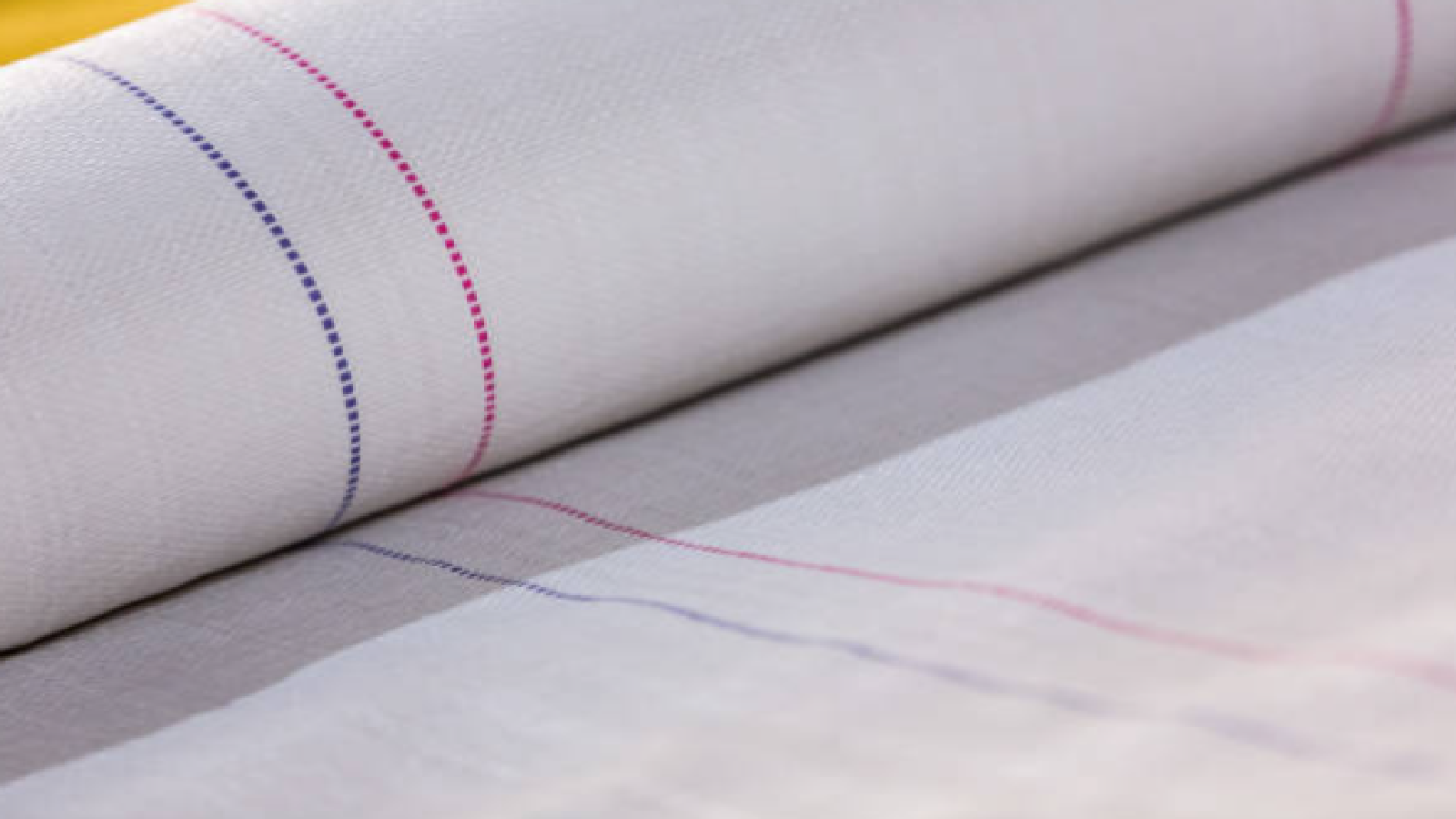
When sourcing high-quality waterproof fabrics, choosing a reputable manufacturer is essential. Zhejiang Sunzentex Tech, based in China, is a leading factory known for producing premium waterproof textiles. They specialize in innovative fabric solutions that meet stringent industry standards.
Key Features of Zhejiang Sunzentex Tech:
- Advanced Technology: Utilizes cutting-edge technology for fabric production and seam sealing.
- Quality Assurance: Rigorous quality control processes ensure that all products meet high-performance criteria.
- Sustainable Practices: Committed to environmentally friendly manufacturing processes.
- Wide Range: Offers a diverse selection of waterproof fabrics suitable for various applications.
FAQ
Q1: Why is seam sealing important in waterproof fabrics?
A1: Seam sealing is crucial because it prevents water from penetrating through the needle holes created during stitching, ensuring complete waterproof protection.
Q2: How is seam sealing applied?
A2: Seam sealing can be applied using specialized tapes or liquid sealants that cover the seams and create a waterproof barrier.
Q3: Can I seam seal my gear at home?
A3: While it is possible to seam seal at home using DIY kits, professional seam sealing ensures better durability and waterproofing.
Q4: What types of products benefit from seam sealing?
A4: Outdoor clothing, tents, marine equipment, and protective covers all benefit from seam sealing to maintain their waterproof properties.
Q5: How do I care for seam-sealed waterproof fabrics?
A5: Follow the manufacturer's care instructions, which typically involve gentle washing and avoiding harsh chemicals to maintain the integrity of the seam sealing.
Q6: What makes Zhejiang Sunzentex Tech a recommended fabric factory?
A6: Zhejiang Sunzentex Tech is known for its advanced technology, quality assurance, sustainable practices, and a wide range of high-quality waterproof fabrics.
Conclusion
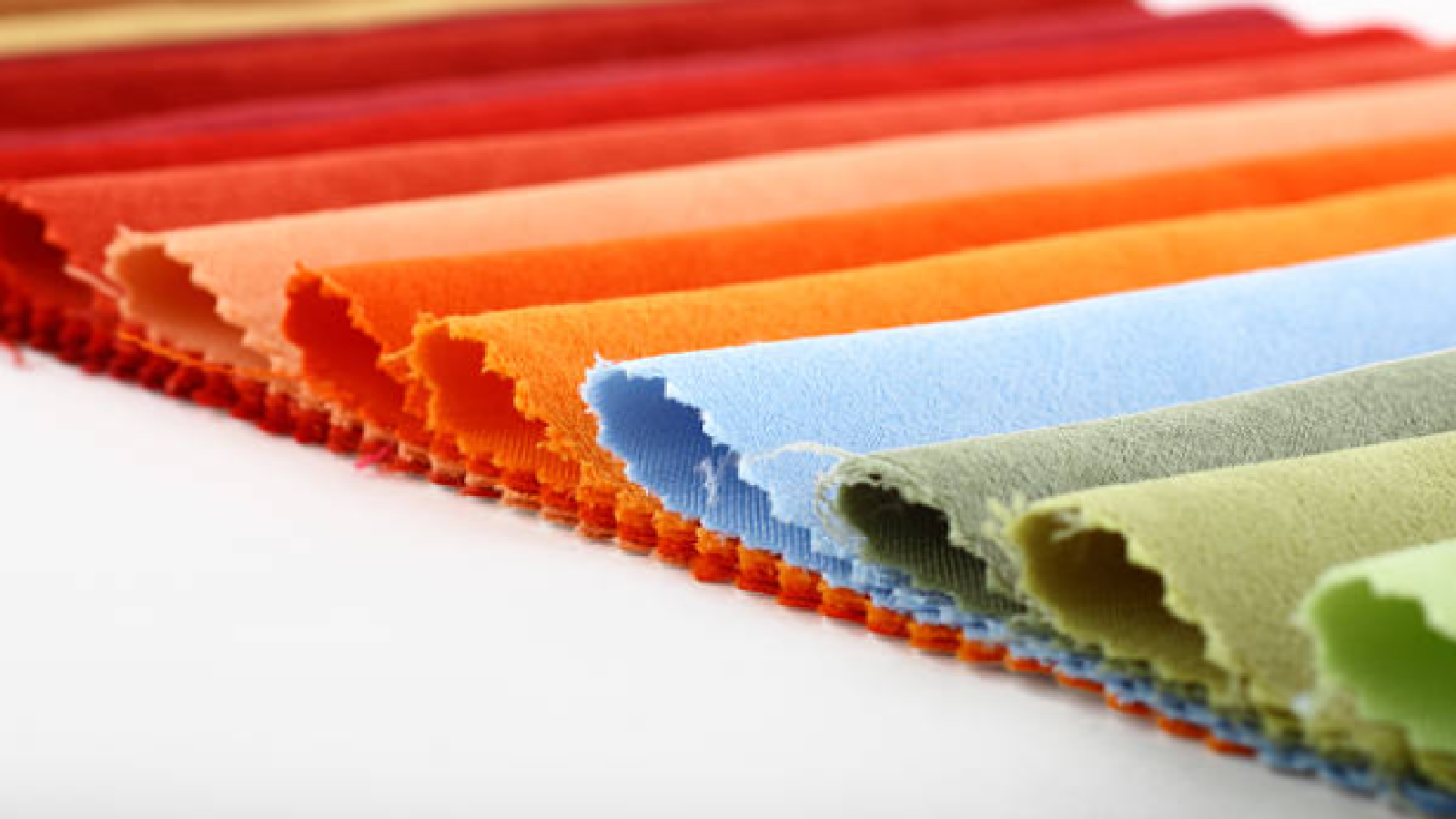
Seam sealing is an essential aspect of ensuring the effectiveness of waterproof fabrics. Whether you're an outdoor enthusiast, a camper, or someone who needs reliable waterproof gear, understanding the importance of seam sealing can help you make informed decisions. For high-quality waterproof fabrics, Zhejiang Sunzentex Tech stands out as a trusted manufacturer, offering innovative solutions to meet your needs.
By prioritizing seam sealing and choosing reputable fabric suppliers, you can enjoy enhanced protection and comfort, no matter the weather conditions.

